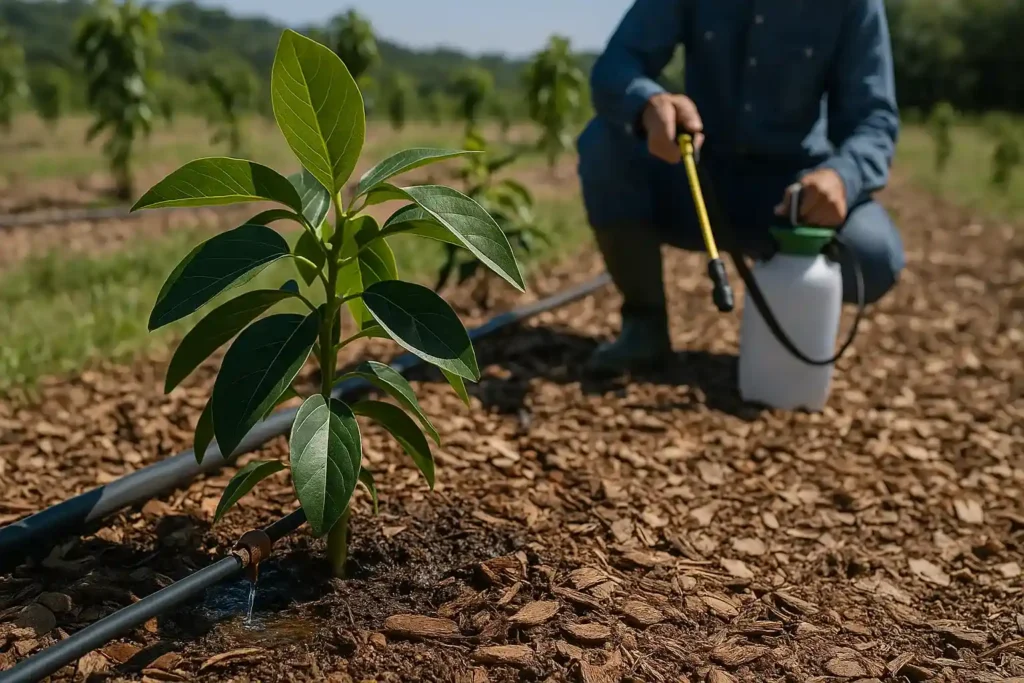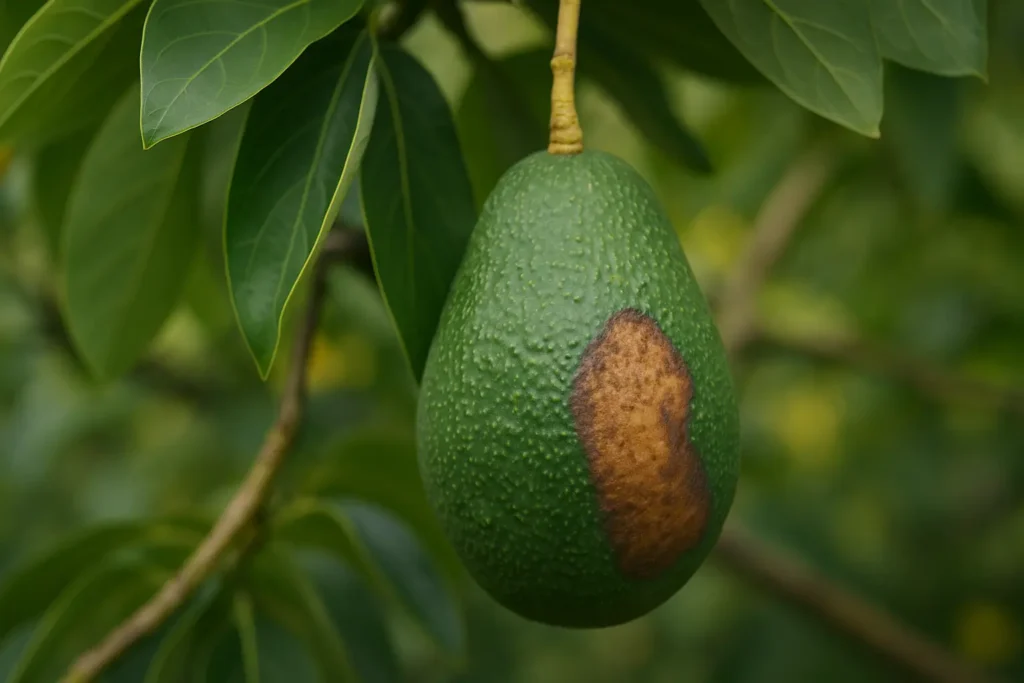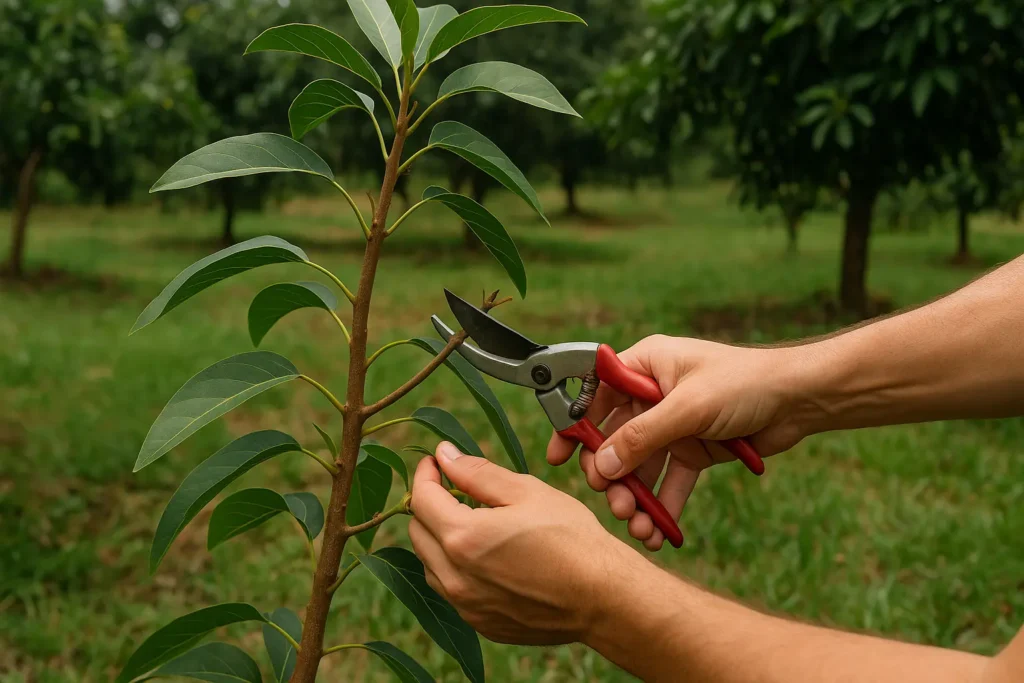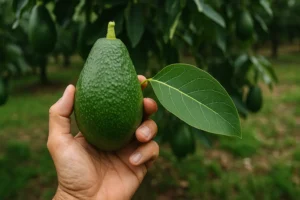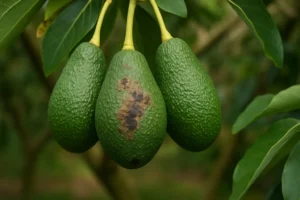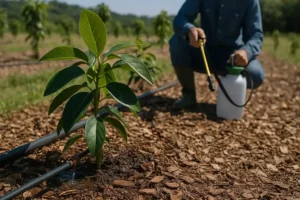The Hass avocado is one of the most appreciated varieties worldwide, not only for its flavor and texture, but also for its high demand in international markets. However, to obtain premium quality fruits, it is necessary to know the climatic requirements of the Hass avocado that allow optimal growth and production.
In this article, we will explore the climatic factors for growing Hass avocados, including ideal temperature, humidity, the importance of sunlight, and their ability to adapt to different climates.
Importance of Climate in Hass Avocado Cultivation
The climate directly influences the development of the Hass avocado, affecting its growth, flowering, fruiting and final fruit quality. Factors such as temperature, humidity, precipitation and sunlight play a fundamental role in its agricultural success.
Poor management of these factors can cause stress in the plant, reducing its productivity and even affecting its long-term viability. Therefore, knowing and optimizing the climatic requirements of Hass avocados is important to ensure a successful harvest.
Hass Avocado Climate Requirements
To maximize the production and quality of Hass avocados, it is necessary to establish them in optimal climatic conditions. Below we detail the factors that determine their correct development.
1. Temperature
The Hass avocado thrives in temperate and subtropical climates, with moderate temperatures throughout the year.
- Ideal temperature range: 20°C to 25°C, favoring the development of the plant and its photosynthesis process.
- Low temperatures: If the temperature drops below 0°C, the tree risks tissue damage or even death. Prolonged frost can be fatal.
- High temperatures: Exposure to temperatures above 30°C can affect flowering and reduce fruit quality due to water stress and dehydration.
2. Relative Humidity and Precipitation
Hass avocado needs the right balance of moisture and rainfall for optimal growth.
- Ideal relative humidity: 50% to 75%, as lower levels can cause dehydration in the plant.
- Recommended annual rainfall: Between 800 mm and 1200 mm of rain per year. In areas with less rainfall, an efficient irrigation system must be implemented to compensate for the lack of water.
- Risks of excess humidity: Poor drainage can lead to root rot, affecting nutrient uptake and weakening the tree.
3. Sunlight
Sunlight is essential for the Hass avocado, as it boosts its growth and allows for proper flowering.
- Daily hours of light required: Between 8 and 10 hours of direct light promote efficient photosynthesis.
- Importance of light intensity: In regions with less light, tree growth may be affected, reducing fruit production.
Adaptability of Hass Avocado to Different Climates
Despite its specific climatic requirements, the Hass avocado has proven to be a variety with a certain capacity to adapt to different microclimates. However, management strategies must be implemented to mitigate the adverse effects.
Some best practices include:
- Use of shading nets in areas with high solar radiation to reduce thermal stress.
- Irrigation systems in regions with insufficient rainfall to maintain constant hydration.
- Frost protection through thermal covers or installation of heaters in the orchards.
Cold Chain and Quality Control
Once the Hass avocado has been harvested in ideal climatic conditions, its quality must be preserved through an efficient cold chain. This helps maintain its freshness, texture and flavour until it reaches the final consumer. For more details on this process, we invite you to read our specialized article: What is the Cold Chain?
Learn More about the Hass Avocado!
At At Fruty GreenWe specialize in the production and marketing of Hass avocados, ensuring that each fruit meets the highest quality standards. Find out more about the climatic requirements of the Hass avocado and how we guarantee its optimal development.



